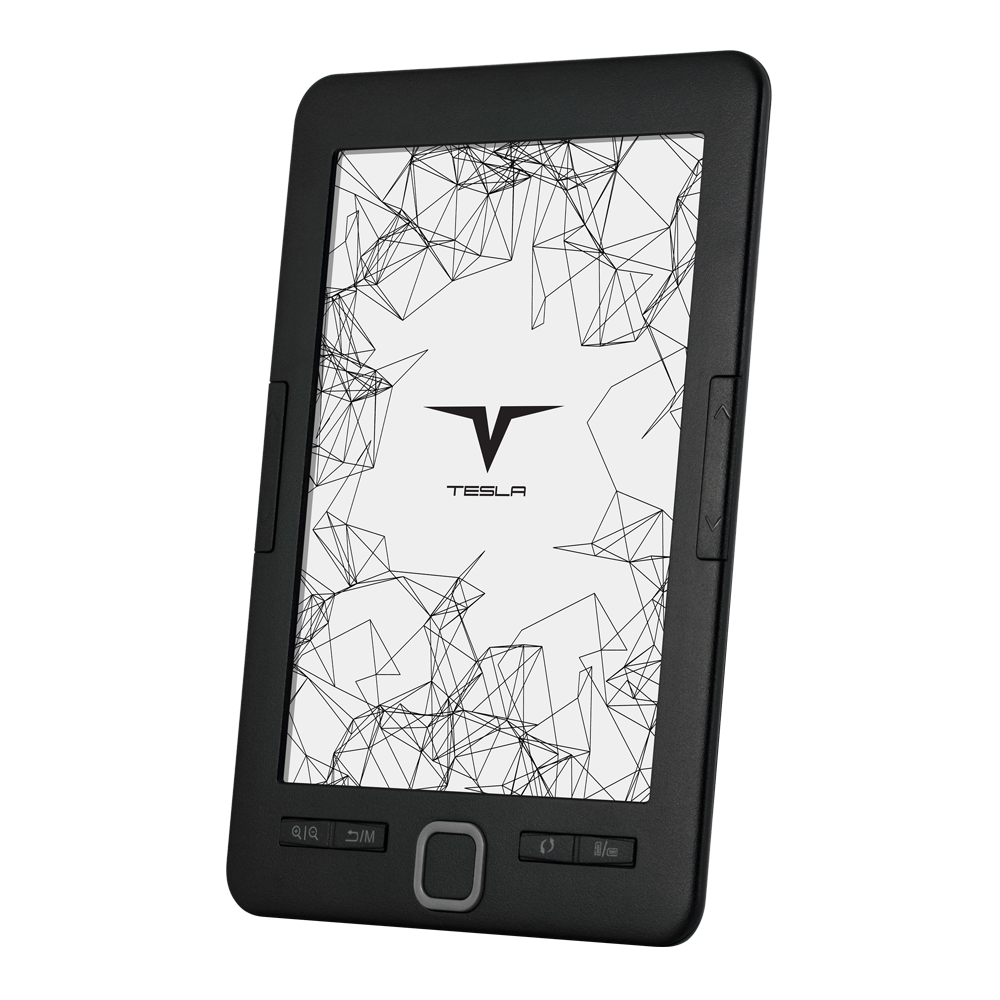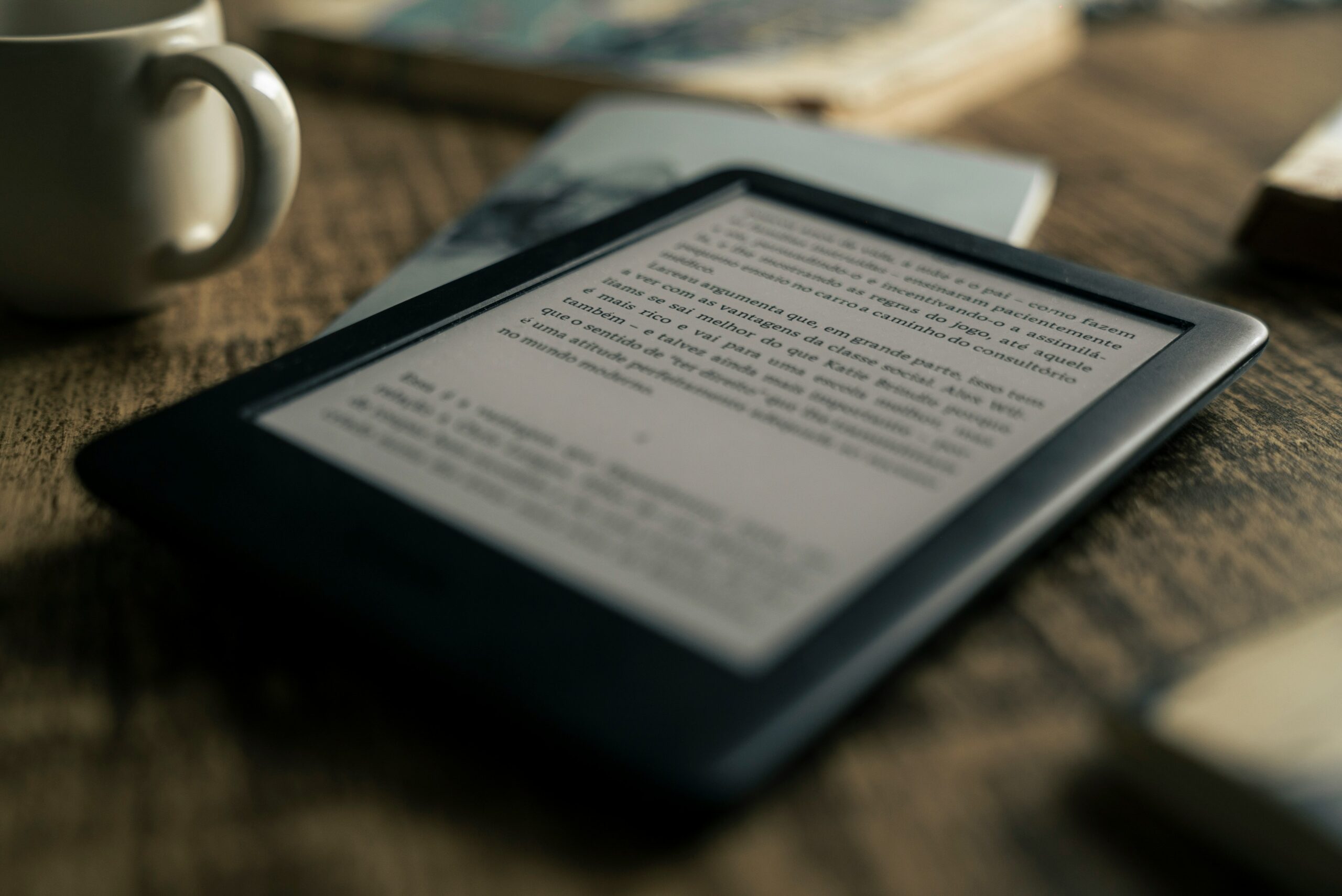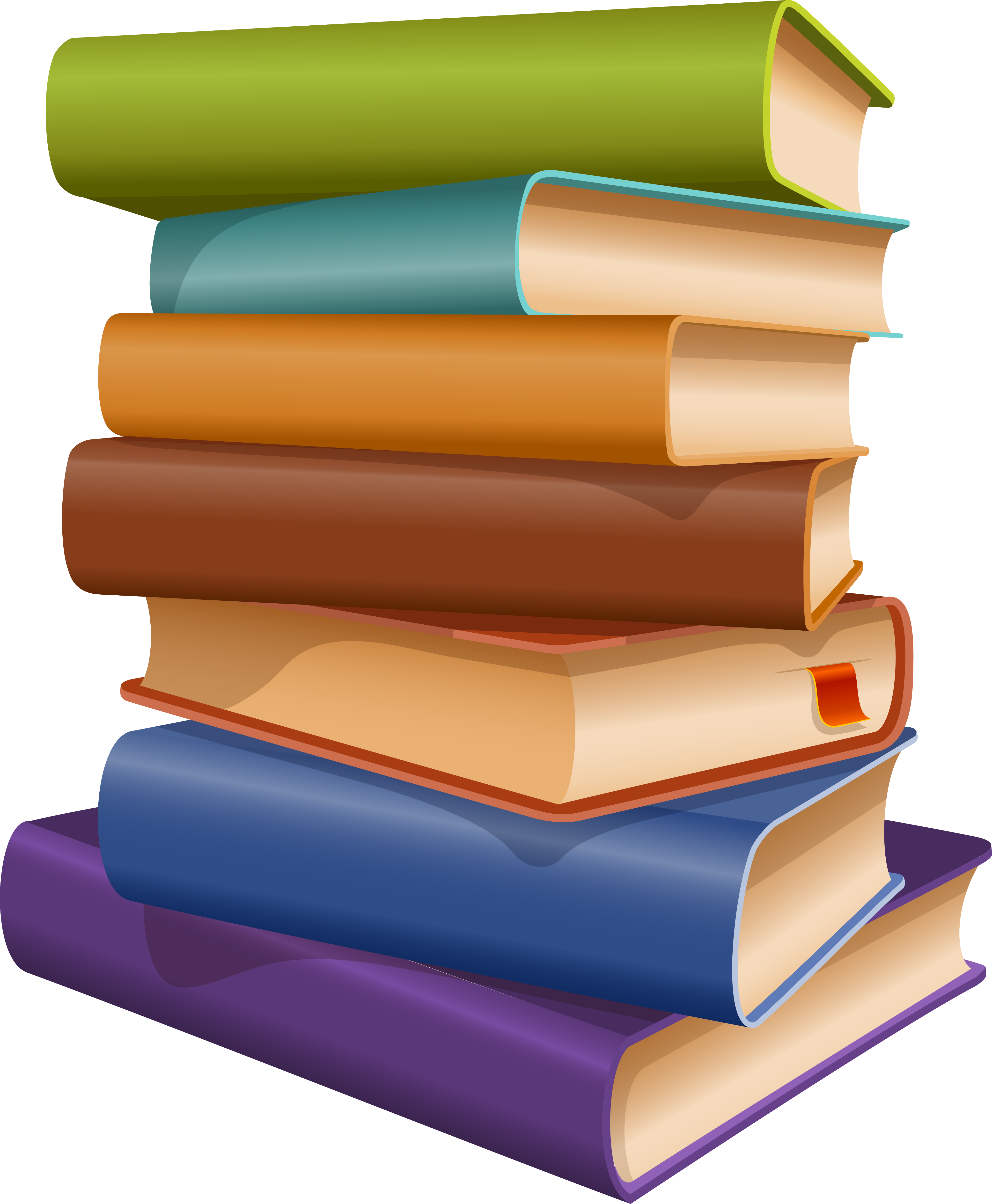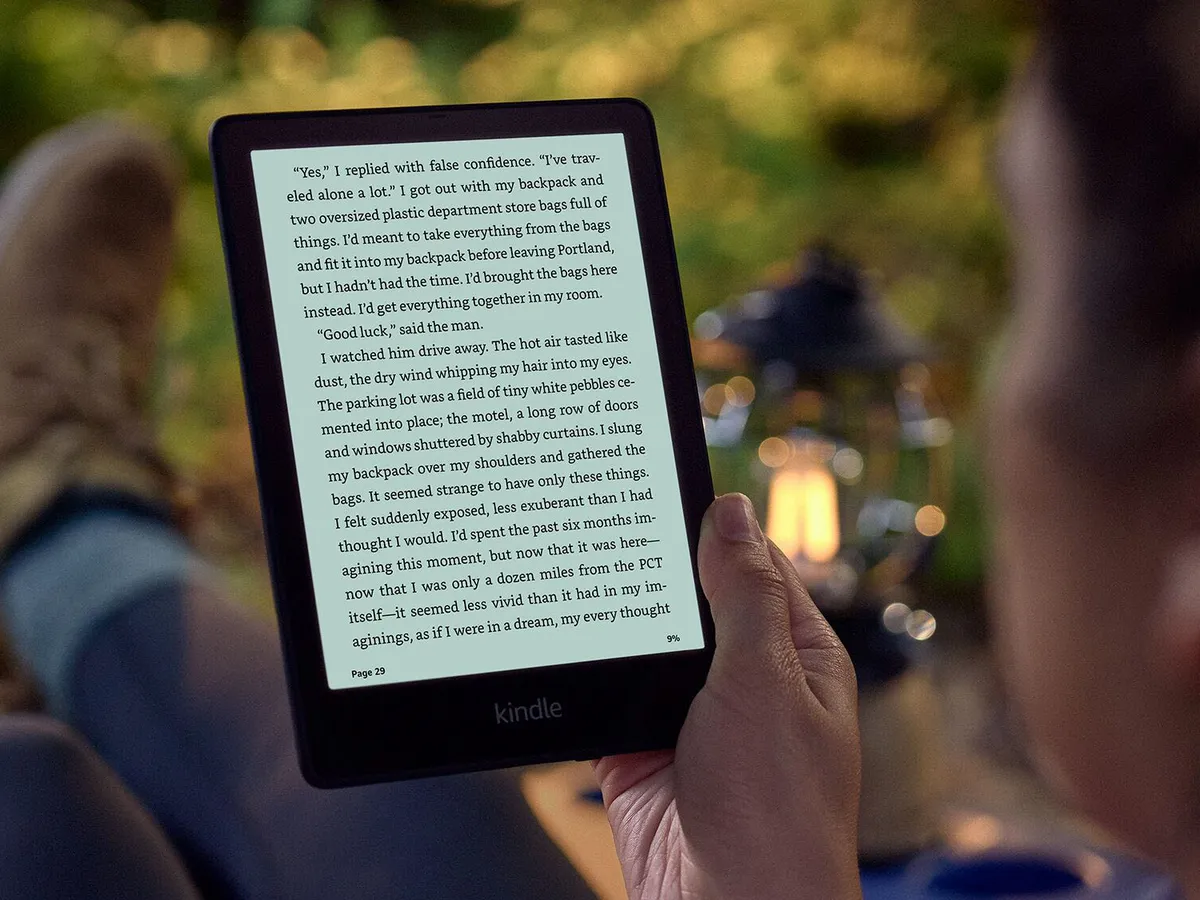In the digital age, the question of which device offers the best reading experience has become increasingly relevant. As technology advances, readers are presented with a myriad of options, each boasting unique features and benefits. From dedicated e-readers and versatile tablets to ever-present smartphones and robust laptops, the choices can be overwhelming. This exploration serves as an example of process analysis essay, aiming to dissect and examine these various options to help you determine the best device to read books on. Whether you’re a casual reader seeking convenience or a studious reader needing functional support, understanding the strengths and limitations of each device will guide you in making the right choice to enhance your reading experience.
E-Readers
E-readers like the Kindle and Kobo are specifically designed for reading. They offer e-ink technology which mimics paper and is less straining on the eyes compared to traditional screens. This makes them the best device to read books for prolonged periods, especially in different lighting conditions. The battery life on these devices can last weeks, which is a significant advantage over tablets and smartphones. Additionally, these devices are lightweight and highly portable, making them ideal for travel. Many e-readers also come with built-in lights allowing for comfortable nighttime reading. Their simplicity focuses on reading, without the distractions of other apps and notifications, which promotes a more immersive reading experience. The availability of books through direct downloads from connected bookstores, such as Tinderizer.com, provides endless reading material at your fingertips.

Tablets
Tablets offer versatility that e-readers don’t. If you’re looking for a multipurpose device, a tablet might be the best device to read books on alongside browsing the internet, watching videos, and using apps. iPads and Android tablets have high-resolution screens that provide vibrant color displays, ideal for reading magazines and children’s books. Furthermore, tablets can store and display PDF files and other document formats, making them suitable for academic and professional use. They support interactive content like hyperlinked documents and multimedia integration, which can enhance the reading experience. The touchscreen capabilities make navigation easy, and the ability to adjust the backlight and font size helps in customizing the reading experience to suit individual preferences. However, the shorter battery life compared to e-readers and the potential for more eye strain are trade-offs to consider when selecting the best electronic reading device.

Smartphones
Nearly everyone has a smartphone, which can also serve as the best device to read books due to the convenience of having it on hand at all times. Apps like Kindle and Google Play Books make it easy to read on-the-go. However, the smaller screens and potential for distractions can be a downside for serious readers. This is an essential point in a process analysis essay on the best devices for reading, highlighting that smartphones are excellent for catching up on reading in short bursts, during commutes, or while waiting in lines. They sync seamlessly with cloud services, ensuring your reading position is saved across all your devices. Many smartphones now come with ‘reading modes’ or ‘blue light filters’ that adjust screen settings to reduce eye strain. The ability to download books instantly and the omnipresence of smartphones make them a powerful, if not the most comfortable, option for avid readers who value convenience.
Laptops
Laptops can be the best device to read books on when it comes to academic or professional work that requires cross-referencing as you read. They allow for multitasking and handling complex interactions like note-taking and research next to the text. The large screen and full keyboard also make it easy to type annotations or manage multiple applications simultaneously. For students and researchers, laptops offer the ability to integrate with data analysis software or reference management tools directly alongside their reading material. Furthermore, as highlighted in this process analysis essay, the ability to connect to a variety of online libraries and access extensive databases makes laptops an invaluable resource for in-depth study and learning. This capability enriches the research process, making laptops a preferred choice for those engaged in comprehensive academic or professional work.

Physical Books
Despite the digital age, physical books remain popular. For many, they are still the best device to read books because of the tactile experience they offer, which e-readers and tablets can’t completely replicate. There’s no battery to worry about, and for some, the experience of flipping through pages is irreplaceable. The feel of the paper, the smell of a new or old book, and the visual satisfaction of seeing how much one has read and how much remains contribute to the joy of reading. Physical books also do not require power, making them always available for use without the need for chargers or power outlets. They’re also free from technological distractions, which can lead to a deeper, more focused reading experience. This aspect serves as a process analysis essay example of how traditional reading methods compare favorably in certain respects to their digital counterparts, offering a unique sensory experience and uninterrupted engagement with the text.
Choosing the Best Device to Read Books On
The best device to read books depends on personal preferences and reading habits. If eye comfort and battery life are your top priorities, an e-reader could be ideal. For multimedia interaction and broader uses, tablets and smartphones offer additional functionalities. Laptops could serve well for academic purposes, while physical books provide a timeless reading experience. Ultimately, the decision also hinges on the type of content you are reading; whether it’s simple text, interactive or multimedia-enriched content. Process analysis in writing helps us evaluate how each device could enhance or detract from your reading experience. By aligning your device choice with your lifestyle, you ensure a more enjoyable and effective reading journey.
In summary, selecting the best device to read books is a personal decision that hinges on individual reading habits, lifestyle, and the specific types of content you engage with. Each device, from e-readers and tablets to smartphones, laptops, and even traditional physical books, offers unique benefits tailored to different reading scenarios. E-readers are superb for traditional book enthusiasts who read extensively, providing eye comfort and long battery life. Tablets and smartphones, on the other hand, offer versatility and multimedia support for those who juggle various types of digital content. Laptops are indispensable for students and professionals who integrate heavy research with their reading, while physical books remain unmatched for those who cherish the tactile experience of reading.
Consumer Electronics Associations:
- International Data Corporation (IDC): Explore market trends and analyses at IDC’s website.
- Consumer Technology Association (CTA): Check out the latest in consumer electronics at CTA’s website.
Educational Resources:
- Chronicle of Higher Education: Discusses the impact of devices in academia at The Chronicle of Higher Education.
- EdSurge: Reviews on educational technology can be accessed at EdSurge.
